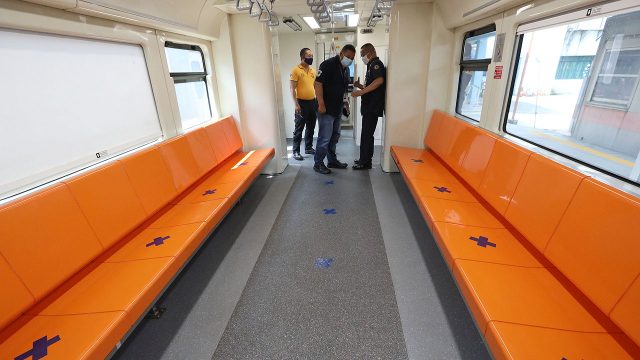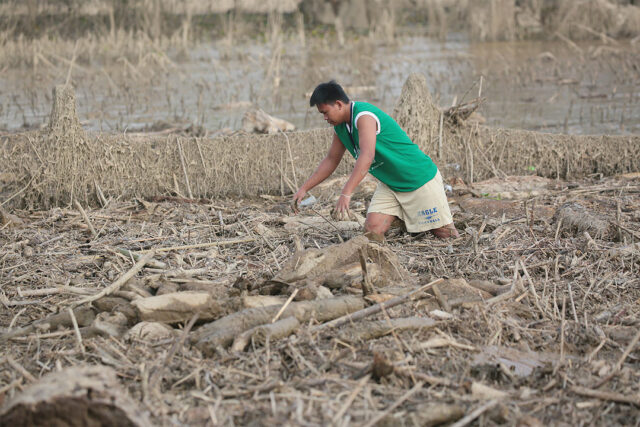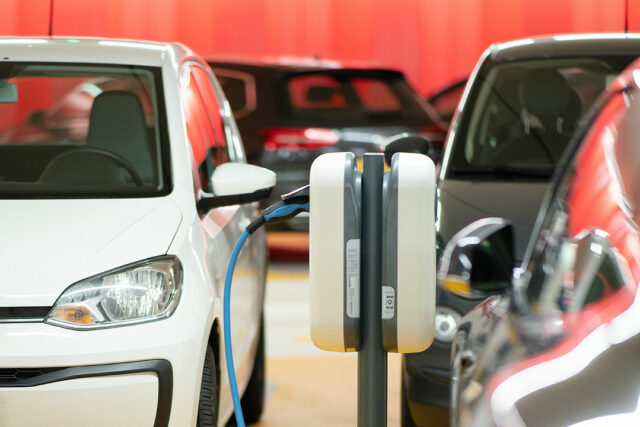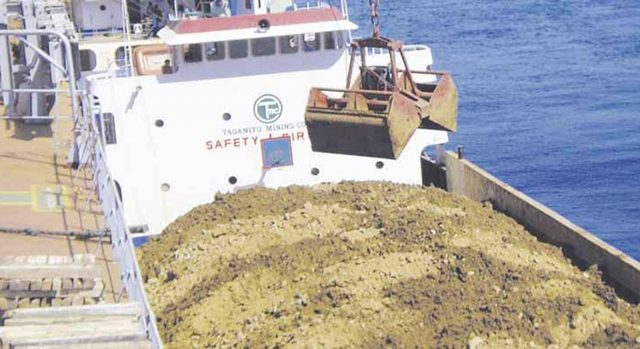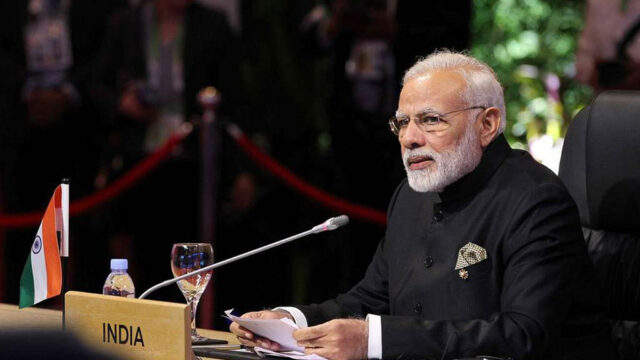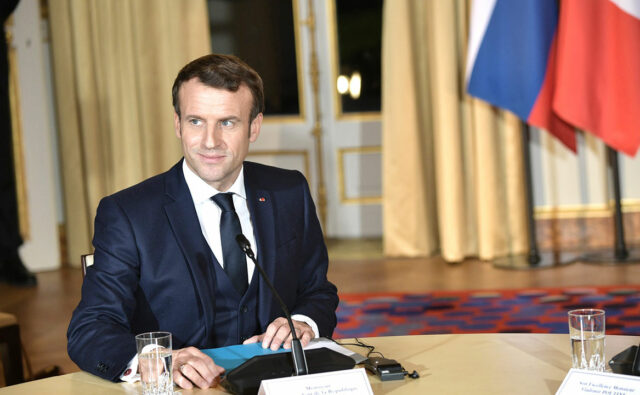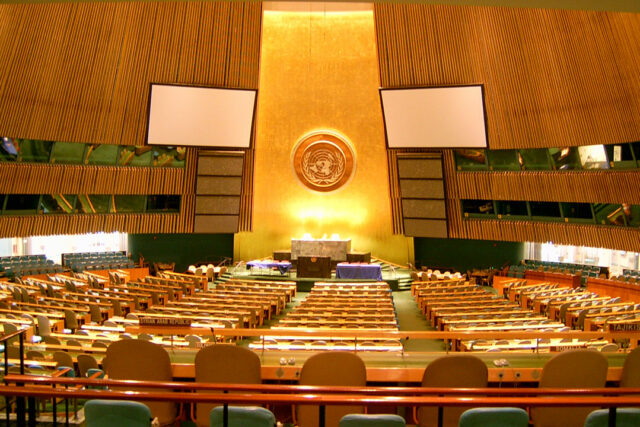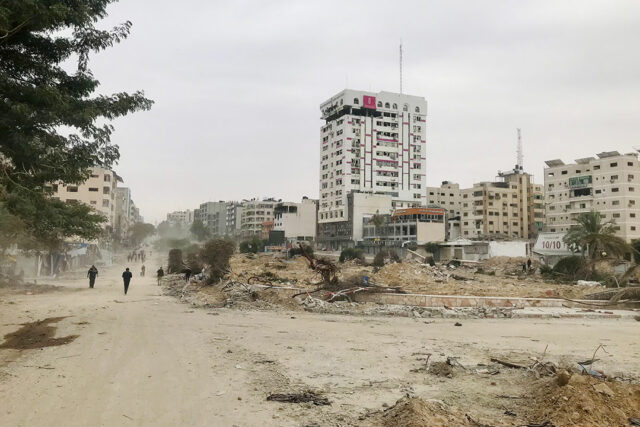EO 59 streamlines approval process for flagship projects
By Kyle Aristophere T. Atienza, Reporter
THE GOVERNMENT has issued an executive order (EO) streamlining the process for bringing over 180 big-ticket infrastructure projects to operational status faster.
In EO No. 59 dated April 30, President Ferdinand R. Marcos, Jr. said all such projects with complete submissions are deemed approved if not acted upon by the prescribed period.
He said no other national or local permit or clearance may be required for flagship projects except for the environmental compliance certificate or certificate of non-coverage from the Department of Environment and Natural Resources; building or occupancy permit issued by a municipal official; excavation permit from the local government unit (LGU), and clearances from the National Commission for Culture and Arts, Metropolitan Manila Development Authority, Department of Public Works and Highways, and the Bases Conversion and Development Authority as applicable.
The order also cited “other requirements as mandated by the Constitution and existing laws.”
Should a government agency or LGU fail to act on an application or request for renewal of any requirement related to the implementation of flagship projects, the validity of the document “shall be deemed extended.”
“To be clear, the executive order continues to recognize the applicability of other laws which ensure social welfare and environment protection. As such, requirements for the resettlement of affected informal settler families in infrastructure projects subsist under Urban Development and Housing Act,” according to Terry L. Ridon, convenor of InfraWatch PH.
“The executive order also does not dispense with the free prior informed consent requirements for areas considered ancestral domain by indigenous peoples under the Indigenous Peoples Rights Act,” he said in a chat message.
The order covers all government instrumentalities including National Government agencies, government-owned or -controlled corporations, and LGUs.
It tasked agencies involved in the implementation of flagship infrastructure projects to review their citizens’ charters “to remove redundant and burdensome procedures and requirements” and ensure the accessibility of the revised procedures.
The National Economic and Development Authority (NEDA) Board has approved 185 flagship infrastructure projects, with the government seeking to spend the equivalent of 5%-6% of gross domestic product on infrastructure.
Last month, Mr. Marcos issued a similar order to speed up the implementation of national railway projects, which have been struggling with right-of-way issues.
Citing the Anti-Red Tape Act of 2007, Mr. Marcos said in the April 30 order that the number of signatories in any document related to flagship infrastructure projects be limited to three signatures. He also ordered agencies to adopt a system for online submission and acceptance of applications.
The President also cited the Electronic Commerce Act, which promotes the universal use of electronic transactions in the government, and ordered agencies to accept electronic copies of documentary requirements and recognize digital signatures.
The order directed all National Government agencies and encouraged LGUs to offer digital payment options, through partnerships with public and private payment system providers regulated by the central bank.
It tasked all national agencies and LGUs to set up within their offices a one-stop shop for flagship infrastructure projects which may not duplicate existing centers with similar objectives.
The order directed all National Government agencies to automate and computerize their databases and asked LGUs to adopt platforms designed for them by the Department of Information and Communications Technology to expedite permitting.
The NEDA Board Committee on Infrastructure, in coordination with the Anti-Red Tape Authority and Interior and Local Government department, will oversee the order’s implementation.
Meanwhile, Mr. Marcos issued an administrative order creating an inter-agency coordinating council that will consolidate the master list of all government-owned land.
“To ensure the efficient and effective allocation and utilization of land resources for the country’s national development goals, it is necessary to consolidate a comprehensive list of all government lands,” he said in Administrative Order No. 21.
The council will be co-chaired by the Department of Environment and Natural Resources and the Department of Human Settlements and Urban Development. The Department of Agriculture will serve as vice chair.
Members of the council include the Office of the Executive Secretary, Department of Interior and Local Government, Office of the Solicitor General, Department of Justice, Land Registration Authority, Commission on Higher Education, and the Department of Information and Communications.
The DENR-Land Management Bureau will serve as the Secretariat of the Coordinating Council.

